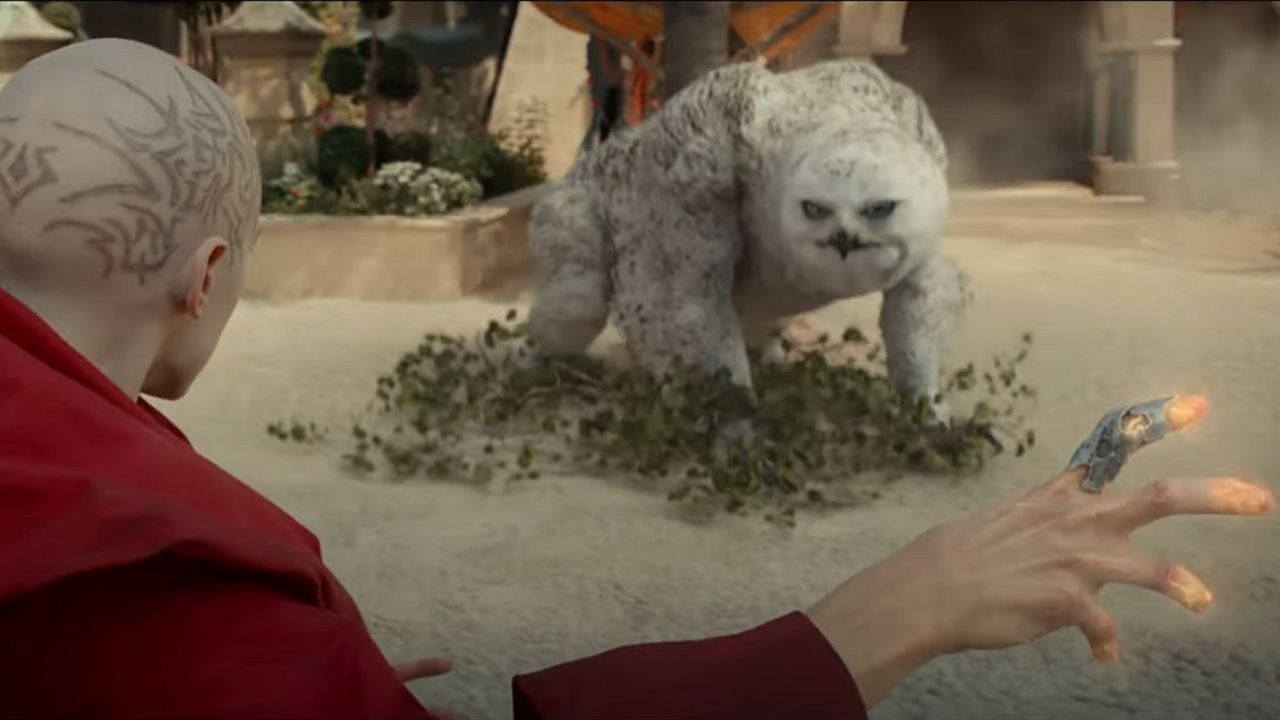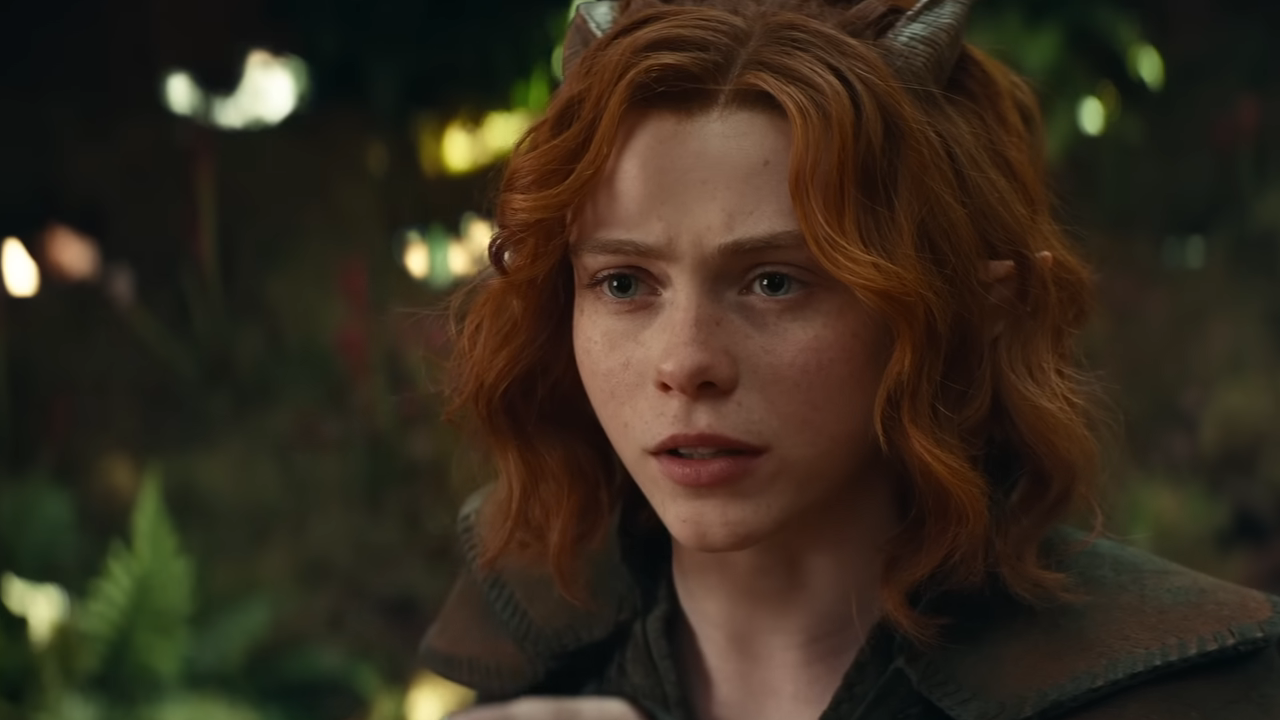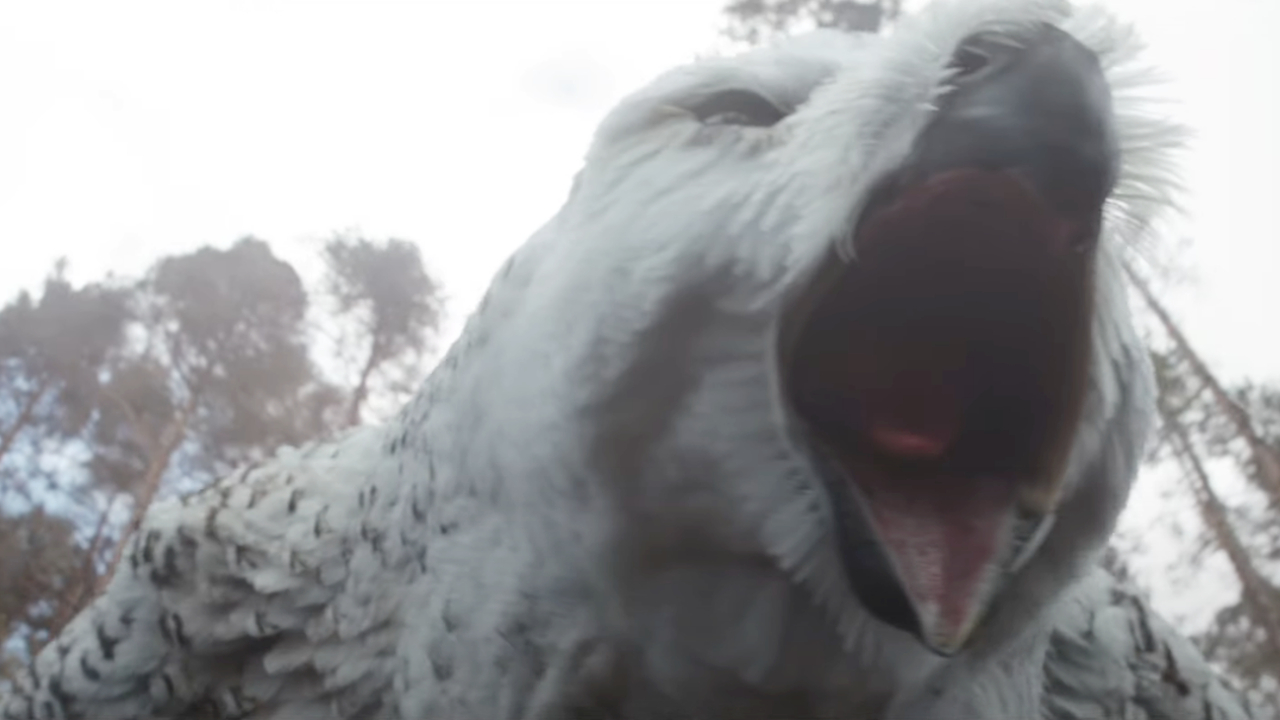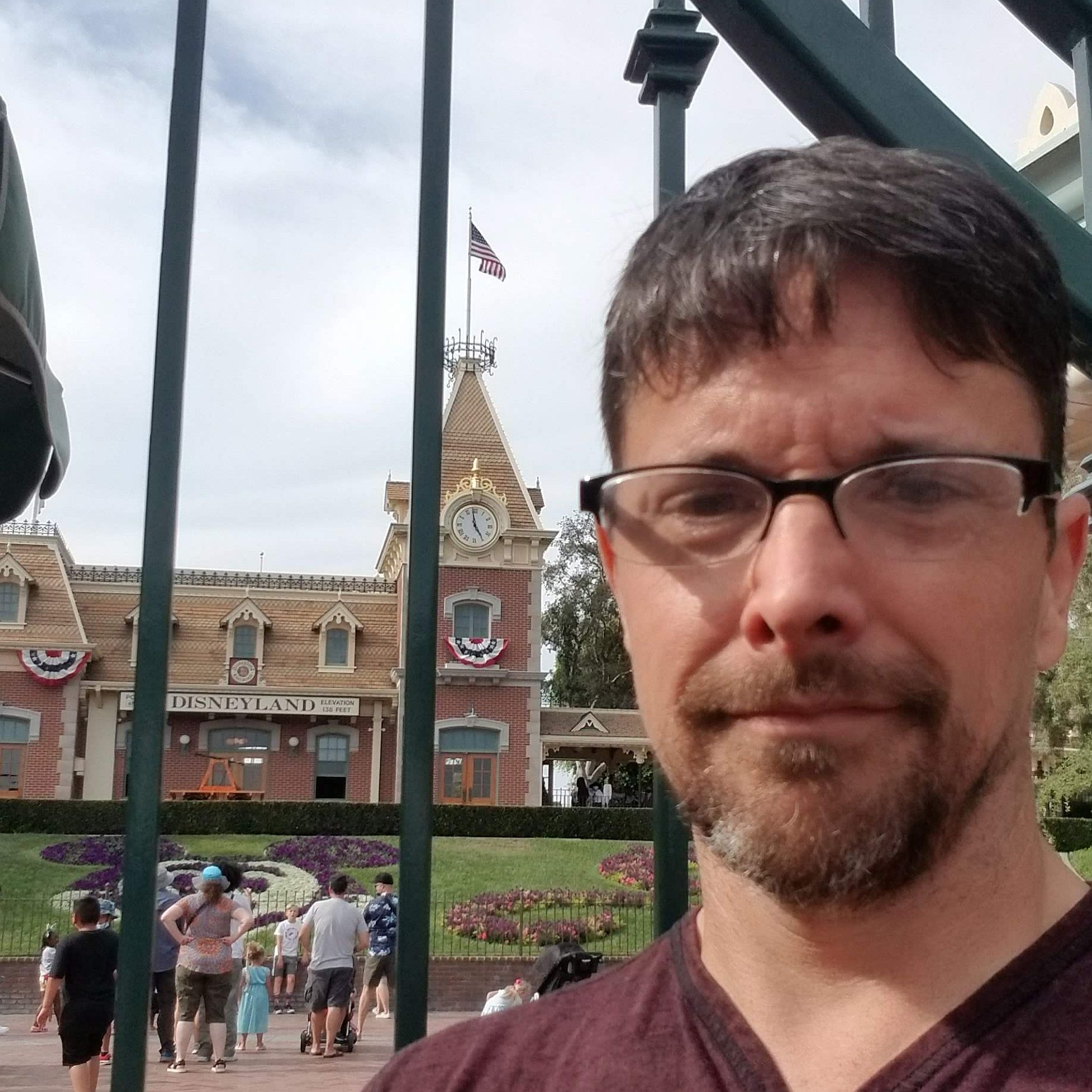The Story Behind Why Adding The Owlbear To Dungeons And Dragons Was Such A Controversial Move
The Dungeons & Dragons movie was a lot of fun, but some hardcore fans took issue with one particular part of it.

Dungeons & Dragons: Honor Among Thieves was not the massive box office hit that Paramount and game developer Wizards of the Coast were probably hoping for. However, now that the movie can be easily viewed on Paramount+, a lot of new viewers are finding it and discovering that actually, as I said in our Dungeons & Dragons review, the movie is actually really good.
Most of the people just discovering the film are probably not serious Dungeons & Dragons players, so they probably have no idea that among serious gamers there’s a bit of controversy surrounding the movie because it technically violates the rules of the game. Let’s talk about the owlbear.

Why The Owlbear Technically Doesn’t Work In The Dungeons & Dragons Movie
Early in Dungeons & Dragons: Honor Among Thieves the group of heroes is building a party in an attempt to rob the vault at Neverwinter, and the hapless sorcerer Simon (played by Justice Smith) suggests they recruit a druid he knows. They find Doric, (played by Sofia Lillis) in the woods battling soldiers of Forge, their old partner, and current antagonist. When we first see her, she’s actually in the form of a horse, then she transforms into the iconic owlbear, a massive animal the size of a grizzly bear but with feathers and the face of an owl, before making her escape as a human.
Most of the spells and abilities used in the Dungeons & Dragons movie are taken directly from the game, and this one is no different. Wild Shape is an ability that all druids have, players in the game gain this ability fairly quickly. At lower levels, druids can only turn into small creatures, and the more powerful they become, the larger the creature they can transform into.
However, this is where our problem comes in, the 5th Edition Player’s Handbook for Dungeons and Dragons states that Wild Shape allows Druids to transform into any beast they have ever seen before. The problem is that, despite the way it looks, an owlbear is not a beast, it’s a monstrosity.
Another of the key books you need to play a game of Dungeons & Dragons is the Monster Manuel. This book lists (nearly) every possible living thing an adventuring party might come across on their quest, from basic animals like rats or wolves to the more exotic like djinns, and, of course, dragons. All of the creature's stats and abilities are listed, including the creature’s “type.” Beast is a specific creature type, so when the Wild Shape ability states that a Druid can transform into any beast, it means any creature of that specific type, and an owlbear doesn’t count.
This fact set off some players of D&D as far back as the first trailer for Honor Among Thieves because it showed the owlbear transformation scene. If the movie is supposed to be based on the game, then certainly it should abide by the rules of said game, right?
Your Daily Blend of Entertainment News

What The Honor Among Thieves Director Says About The Owlbear
For what it’s worth, the filmmakers behind Dungeons & Dragons: Honor Among Thieves did not make a “mistake” when they made the decision to let Doric transform into an owlbear. They were well aware that they were violating D&D rules with the decision. Speaking with IGN co-director and co-writer Jonathan Goldstein explained during the screenwriting process, which he shared with Michael Gillio and his co-director John Francis Daley, they did debate whether or not to make this change. Goldstein explained…
We're aware that there was a certain amount of controversy that emerged in the D&D fan community after the first trailer showed our Druid wild-shaping into an owlbear. And it was something we discussed a great deal when we were writing it.
So why did they ultimately make the decision to change the rules here, when the movie largely follows the rulebook otherwise? In short, they thought it would look awesome in the movie. Goldstein continued…
We know that technically, it's not permissible, but we subscribe to the "Rule of Cool." And we felt that if we, as the dungeon masters of this movie, would let our players do this, then why should we deprive the audience of something that's as cool and fun as this?
And to be fair, it’s hard to argue that it doesn’t look cool. The owlbear is certainly a unique animal. There’s nothing that looks quite like it, and the decision to have Doric transform into it allows the movie to include this iconic creature in a way that feels organic and certainly doesn’t seem out of place to anybody not intimately familiar with the rules of the game. One of the wonderful things about the film is that you don't need to know Dungeons & Dragons at all to enjoy the film.

Why The Owlbear Decision Makes The Movie More Like A Dungeons & Dragons Game, Even By Breaking The Rules
So in the final analysis the question becomes, does it matter? Does the decision of Dungeons and Dragons: Honor Among Thieves to violate the rules of the game it's based on somehow cheapen the movie or make it a poor adaptation of its source material? Not at all, in fact, in its own way, the decision to break the rules makes Honor Among Thieves even more like a D&D game.
I have played Dungeons & Dragons for years. I’ve been both a player and a Dungeon Master. The point of Dungeons & Dragons is to be fun for all involved, not to simply follow a set of rules. When a player wants to do something they could be capable of that would be awesome my inclination is to let them do it, unless it’s going to totally break something else in the game.
All the various rulebooks that make up Dungeons & Dragons the game are very clear that, at the end of the day, they all work at the will of the Dungeon Master. The person who has created the adventure for the players makes the final decision on everything and is entirely free to change rules as they see fit because the story is the thing that matters. The rules serve the story, not the other way around.
And that’s all that’s happening here. The idea that a Druid can transform into an owlbear may technically not follow the preexisting rules, but the story being told in Honor Among Thieves is a better story because Doric can do so, and so now she can. That’s all there is to it.

CinemaBlend’s resident theme park junkie and amateur Disney historian, Dirk began writing for CinemaBlend as a freelancer in 2015 before joining the site full-time in 2018. He has previously held positions as a Staff Writer and Games Editor, but has more recently transformed his true passion into his job as the head of the site's Theme Park section. He has previously done freelance work for various gaming and technology sites. Prior to starting his second career as a writer he worked for 12 years in sales for various companies within the consumer electronics industry. He has a degree in political science from the University of California, Davis. Is an armchair Imagineer, Epcot Stan, Future Club 33 Member.
